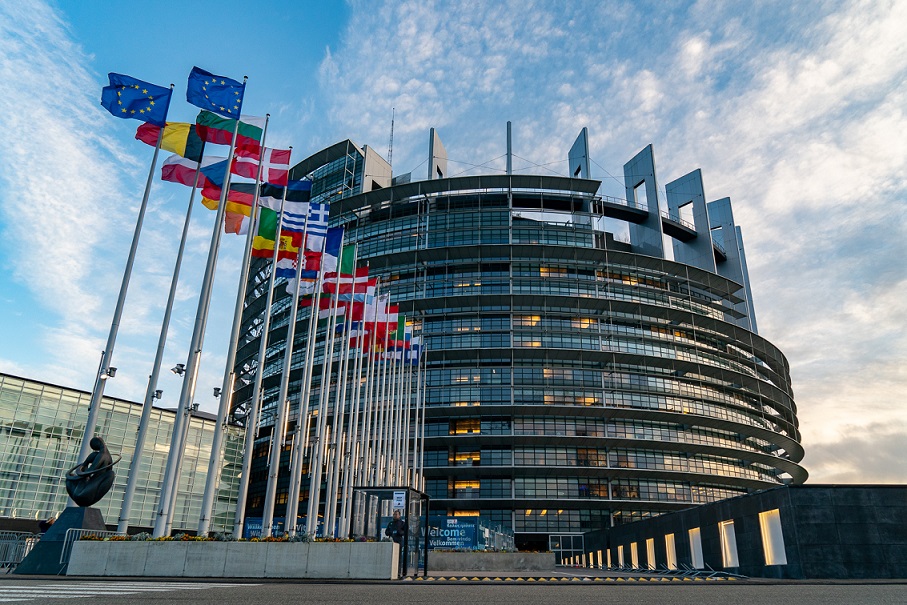Scotch Whisky Industry Launches New Sustainability Strategy
The Scotch Whisky Association (SWA), the trade organization representing the scotch whisky industry, announced the launch of its new Sustainability Strategy, including a sector commitment to reaching net-zero emissions from operations by 2040.
According to the SWA, the industry’s sustainability initiatives are grounded in the United Nations’ Sustainable Development Goals (SDGs). The new strategy’s targets are based on four primary goals. In addition to the net zero commitment, the program’s targets include efficient water use, bringing all companies within a responsible water use range by 2025; circular economy, with a 2025 target for all new packaging to be reusable, recyclable and compostable, and; land conservation, with the industry set to play an active role in the wider conservation and restoration of Scotland’s peatland to deliver environmental benefits for the common good by 2035.
Karen Betts, Chief Executive of the Scotch Whisky Association, said:
“The Scotch Whisky industry’s new Sustainability Strategy is both ambitious and achievable. A huge amount of work has gone into its development and is now going into its implementation. This is a great example of collaboration within our industry and with other organisations in our supply chain, the energy sector and in government.”
The SWA highlighted some of the achievements made by the industry since its first environmental strategy was launched in 2009. These include a 34% reduction in greenhouse gas emissions, expanding the use of non-fossil fuel energy sources to 28% from 3%, a 22% increase in efficiency of water use, and a 75% reduction in waste sent to landfill since 2016.
The SWA also stated that its new initiative is being launched ahead of this year’s COP26 conference in Glasgow, where the industry plans to showcase its environmental work in the fight against climate change.
Betts added:
“We depend on natural resources – water, cereals, yeast – to make Scotch Whisky. Scotch has been produced for 500 years and we want to ensure that it is being produced for generations to come.”





